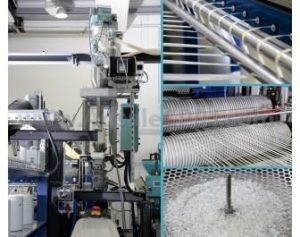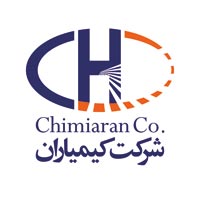ProTec Polymer Processing has recently entered the market as one-stop shop for customized pultrusion lines for the production of long fiber reinforced thermoplastics (LFT).

The German company provides a fully equipped, versatile pultrusion line for customer- and application-specific developments in its technology center in Bensheim.
ProTec said its LFT technology is suitable for producing a wide range of materials comprising variable fiber reinforcement in a defined pellet length and using different polymers as the matrix.
The lines are capable of producing LFT pellets with fiber contents of up to 65wt.% at throughputs of up to 1,000kg/h. Conventional thermoplastics or even biopolymers such as polylactic acid (PLA) can be used as the matrix, while glass, steel, carbon or aramid fibers can be used as the reinforcing fibers.
In practice, LFT materials with fiber lengths of 7-25mm are conventional. When injection molded, LFT compounds with fiber reinforcement along the length of the pellets result in components which combine high strength and light weight with good surface quality. LFT pellets with a fiber length of approximately 12mm are ideal for meeting this requirement.
A twin-screw compounding extruder is the heart of the pultrusion line, which allows even recycled material and additional fillers to be included in the material formulation.
The LFT line‘s impregnation die, where the fiber strands are spread apart and coated with polymer melt, is designed in such a way that, even at recycled material contents of up to 10% in the melt, consistently high quality impregnation of the fiber filaments is achieved, explained ProTec Polymer Processing.
The various different creel racks required for unwinding glass and carbon fibers in the pultrusion line are also available. The turntables with the bobbins of fibers rotate automatically in accordance with the bobbin diameter, so preventing fiber twisting during unwinding.
The system control centrally controls ProTec’s LFT line and all its modules, with line speed, extruder throughput and pellet chopping length all being variably adjustable. Additional functions, located upstream or downstream depending on application, may also be integrated into the controller. These include drying, conveying, dosing and mixing of the feed components.
Source : China Plastic & Rubber Journal












